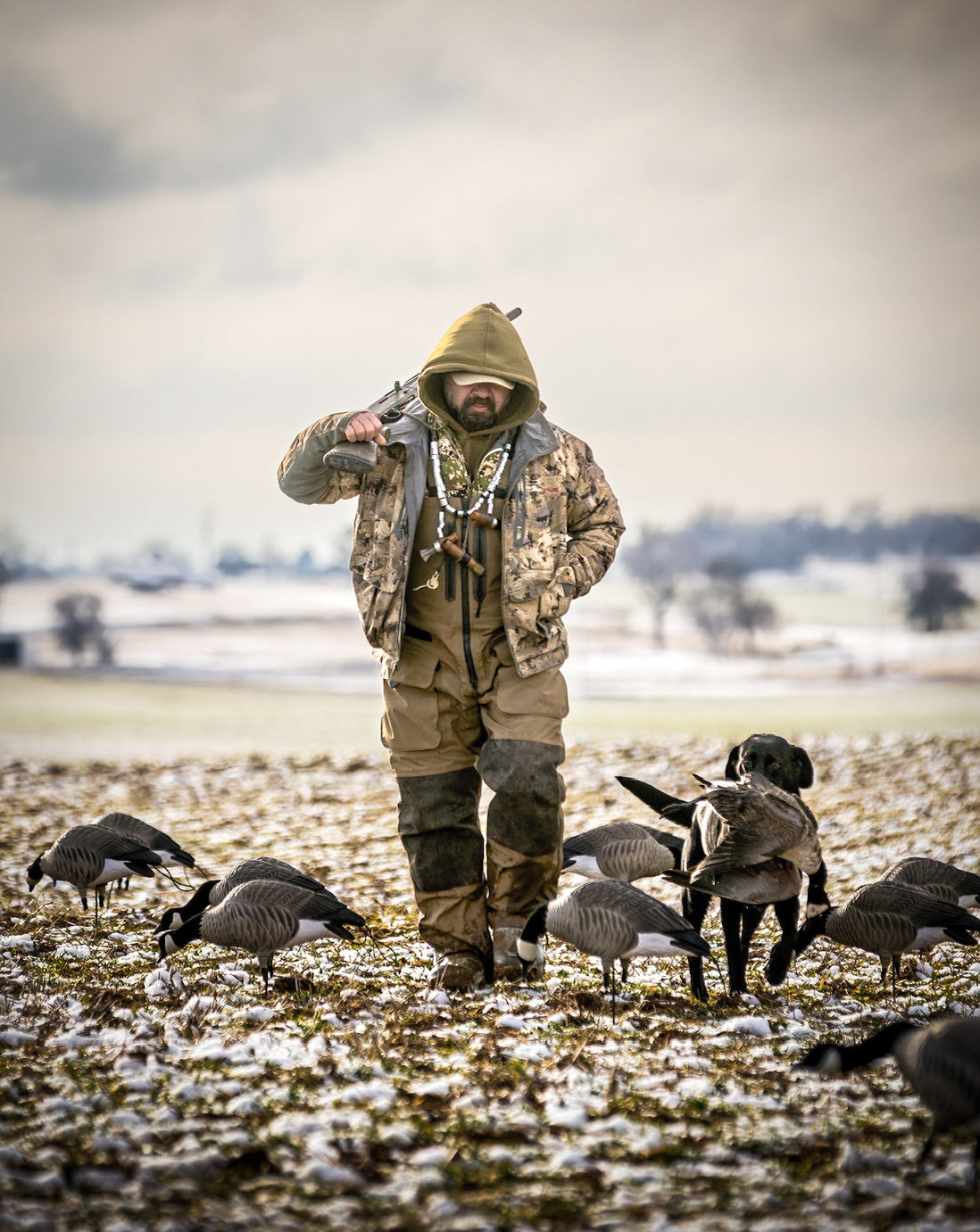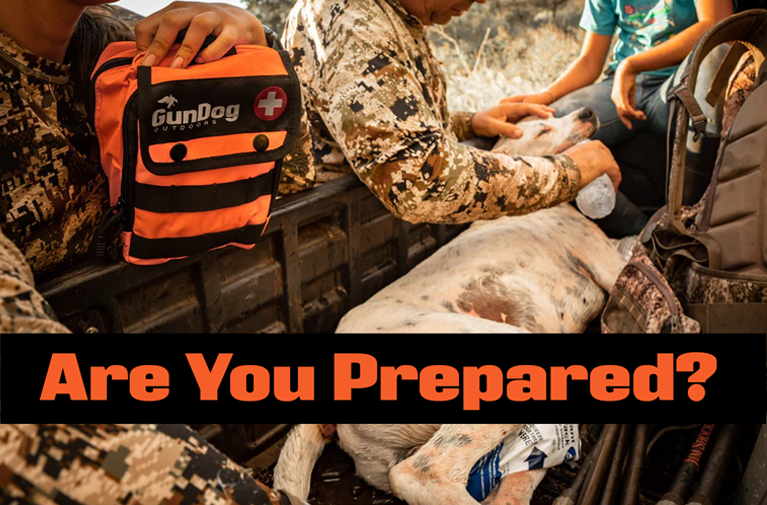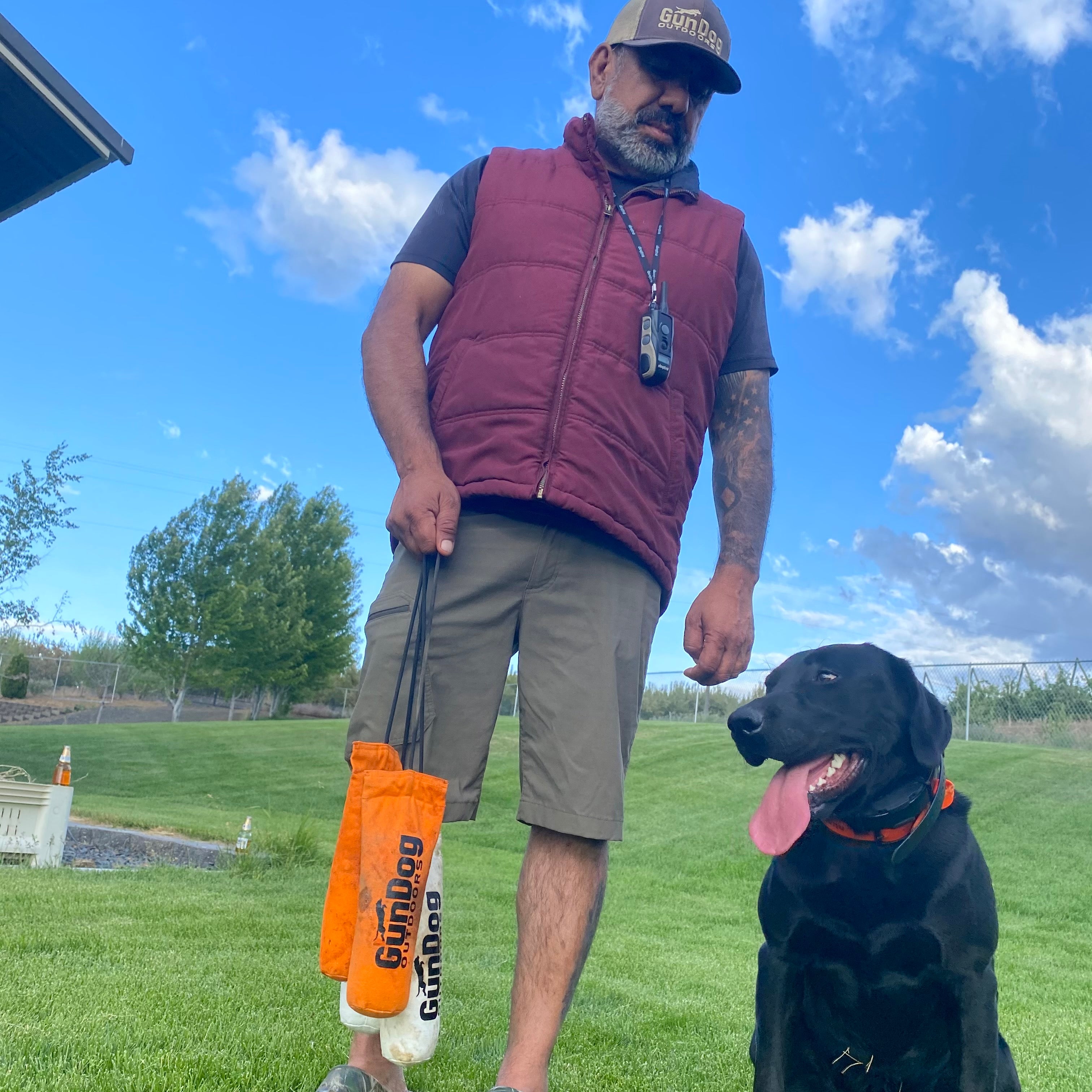Decoys - What type to use and when

With the early season of waterfowl hunting bearing down on us, us waterfowl hunters will begin to start going through our gear pulling loose shotgun shells and broken boxes out of our blind bags. Shaking out the remnants of wheat and corn stubble from our ground blinds. We go through our decoy trailers cleaning them up, sweeping up spent shotgun hulls, throwing away broken flags, triaging decoys, separating the ones we need to clean, the ones we want to sell and the ones we just want to throw away. As we're sorting out the spread, you think back to what you told yourself last January and that was you were going to buy some new decoys. So we patiently wait for the Cabelas or the Mack’s Prairie Wings catalogs to arrive in the mail, so we can browse and see all the newest additions to Avian X, DSD, Higdon, GHG, Dakota and Big Foot decoy lines. We take purchasing decoys very serious. It is an investment into our lifestyle as a waterfowl hunter that will give the enjoyment for many future seasons.
Now, I’ve hunted over almost every possible decoy, from huge spreads of stuffers in Northwest winter wheat fields to floating V-boards in the Chesapeake Bay and I loved everyone of them. I do not feel there is a superior decoy, I feel every decoy was made for a purpose by resourceful waterfowl hunters that simply wanted to harvest more birds. Some have huge advantages in certain situations, while having huge disadvantages in other. I will go through the most common decoys we use and give you my two cents on the advantages and disadvantages of each.

Silhouettes and V-Board Decoys
Silhouette decoys have been around since the beginning of time, well maybe not that long, but they have been around since the first waterfowl hunters started hunting birds. They are simple to make and can be very effective, simply painted black with a couple stokes of white on the head and tail. You can also buy commercial grade decoys with incredible realism printed on both sides.
Advantage - To build a decent spread the cost is relatively inexpensive, especially if you make your own, which is an extremely rewarding feeling, killing birds over decoys you've made. They are easy to put out, easy to pick up and easy to store, due to the fact they are flat and you can stack them up without taking up a lot of room. For the most part they are durable and home made ones can easily be touched up each season with a little paint.
Disadvantage - There are some disadvantages to them, such as, you can’t shoot into them like most decoys without leaving signature pellet holes throughout. If it’s extremely cold, you can actually blow up the commercial grade decoys. You will need a ground punch tool if you are going to use them in frozen ground and late season birds tend to shy off of them after they’ve seen them a few times. One big disadvantage is they tend to shine on sunny days at certain angles, but manufacturers have created various ways to address that problem. Make sure you look to see if the decoy company you want to purchase from has an answer for glare.
Best time to use - When hunting early season non-pressured birds or to supplement other decoys such as full bodies or shells when you need numbers in the field. The best situation to use them in is when it is snowing. Silos will not collect snow on them like practically every other three dimensional decoy.

Windsock Decoys
Windsock decoys are extremely popular for hunting snow geese. I have used them for hunting early season lessers with good success.
Advantage - Some of the advantages of hunting socks is you can build a large spread pretty affordably. They are easy to put out, easy to pick up and easily stored. They have great movement in the wind and take up very little room.
Disadvantage - The disadvantages include; if there is no wind, there is no movement and that can be very unrealistic. They can be damaged fairly easy, by accidentally ripping the material and in frozen ground you will need a ground punch tool to set them up.
Best time to use - They are best used when targeting large flocks of snows in windy conditions.

Shell Decoys
Shell decoys have been around for a long time as well and come in almost every species of field feeding waterfowl.
Advantage - Advantage of shell decoys is they don’t cost as much as full bodies, yet you still get the three dimensional look. They stack nicely and are easy to put out and pick up. They work great in snow or frozen water scenarios, due to being natural for birds to land and tuck their feet when resting on cold frozen ground.
Disadvantage - They do take some wear from continual stacking and they can be difficult to keep in the field during windy conditions. Snow will build up on the backs of the decoys and need to be brushed off continually. There are no movement with shells unless you place them on a stake. Also, unless they are flocked the can shine with any frost or ice.
Best time to use - In frozen ground/ice situations, sleeper style shells can look extremely realistic.

Full Body Decoys
Full body is the pinnacle of decoys that a majority of waterfowl hunters tend to try and attain.
Advantage - They are fully three dimensional and with the motion system that many manufacturers now include, move nicely in windy conditions. The detail of paint schemes placed on these decoys are extremely realistic. They are durable and can take a shotgun blast fairly well. Most decoys now come fully flocked so there is little or no shine from frost.
Disadvantage - Acquiring a spread can be extremely expensive with some of the upper end decoys costing as much as $1000 a dozen. If you want a big spread you will need to invest in something to carry them in, such as an enclosed cargo trailer. They can be labor intensive putting out and picking up, especially when trying to recreate large spreads.
Best time to use - Almost anytime of the year, in almost any hunting situation.


Stuffer Decoys
The original full body decoy, used way before commercial decoys were created.
Advantage - It’s pretty tough to beat a decoy with feathers. They are absolutely anatomically correct (if built correctly) and Mother Nature gave them the perfect “paint scheme” They have no shine and when birds land in them, they rarely jump out of the spread. They can take multiple shotgun blasts with very little damage and if you learn to do the basics of bird taxidermy you can build and amazing spread fairly cheap (about $25 a decoy).
Disadvantage - You cannot hunt them in the rain or wet snow (dry snow is no problem) with out ruining them. For a large spread you will need something enclosed to haul them in with a special system to secure them down, so they don’t bounce around breaking heads off. If you don’t build yourself, they can get very pricey. You'll have to hire a taxidermist to build you a spread. Unless you create a motion system for them, they have very little movement.
Best time to use - Late season birds that have seen all other decoys and have become shy of them.

The best advice I can give you as a seasoned waterfowl hunter is this, if you have a tool box, you don’t have just one tool in it. A single tool will not handle every situation. You build a tool box with tools you need to get any job done. That is the same philosophy I have with decoys. Build yourself a versatile spread and learn how and when to use and you will be way more successful than hunting over the same spread year after year.







